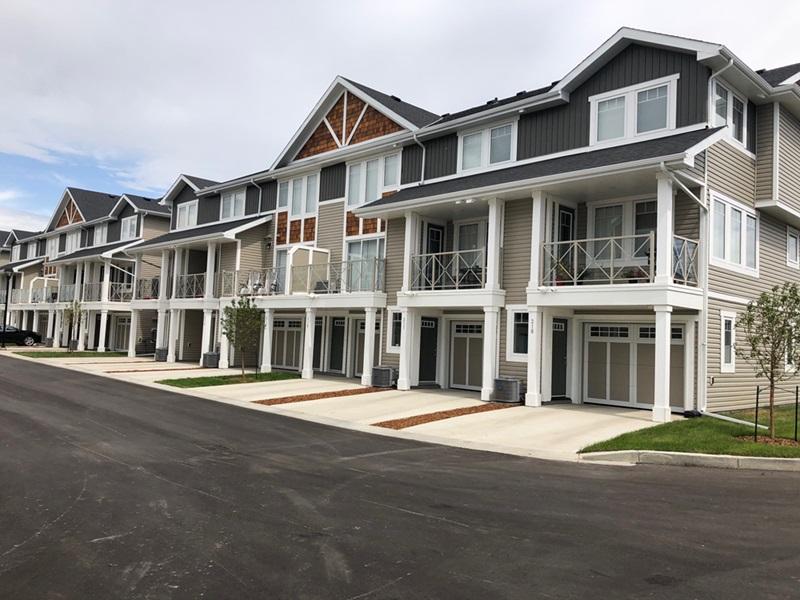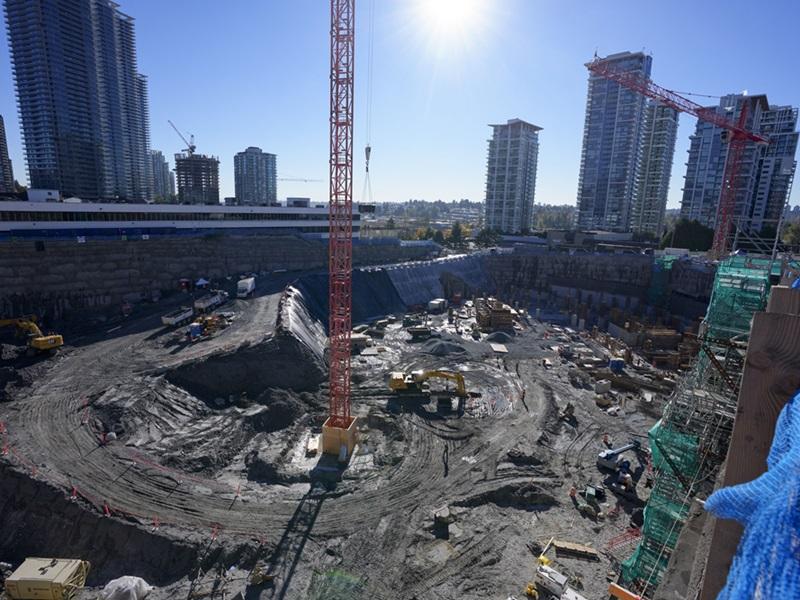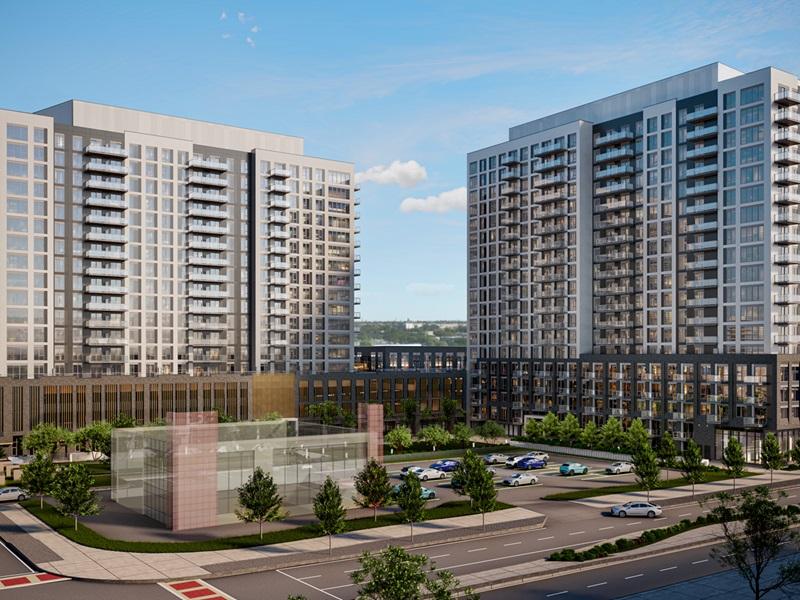GUEST SUBMISSION: The rental housing landscape in Canada has seen significant shifts over the last few years. With homeownership increasingly out of reach, rentals have surged in demand.
2024 marked the highest increase in purpose-built rental construction, further highlighting demand.
To meet the growing need for purpose-built rentals, townhomes offer faster delivery, tailored to singles or families. They integrate into neighbourhoods while providing a replicable model across metro regions.
When appropriately planned, townhomes can thus act as a supply lever to ease the pressure within urban cities.
Demand drivers across North America
Cities across Canada are expanding beyond their respective downtown cores.
A University of Calgary study found that many Canadians are moving beyond downtown areas to smaller outer neighbourhoods. The emergence of hybrid and remote work, coupled with rising housing costs, has led Canadians to favour living short distances outside the city.
For families or tenants looking for larger rental options, townhomes offer the size and comfort that downtown condos lack. That’s because space-wise, two- to three-bedroom layouts are ideal for families unable to buy a home. Townhome rentals can also appeal to various demographic groups looking for a private, affordable suburban community.
Urban core constraints limiting supply
Although highrise towers and apartment buildings remain essential for downtown cores, their construction process differs significantly from that of townhomes. Tower and apartment constructions involve high land costs and lengthy approvals. In many cases, rezoning and site plan approvals, particularly in urban cores, can take years, delaying development.
Highrise construction is even more complex, requiring extensive infrastructure and longer timelines. From installing plumbing to fire suppression systems in each unit, projects such as these require specialized trades, including elevator technicians or crane operators.
With these bottlenecks in development, the Government of Canada states that development for townhome rentals offers a natural opportunity to meet current rental needs. Ultimately, these projects deliver housing more quickly while providing the space and community many Canadians prefer.
The townhome proposition
Townhomes not only offer speedier development, but also provide a mix of benefits for residents, including:
- Ground-oriented design: Private entrances give tenants the feeling of walking into their own home.
- Family-friendly layouts: Townhomes provide families with a functional design, typically ranging from two to four bedrooms, offering enough space for families to move around and grow long-term.
- Outdoor space and storage: Unlike apartments, townhomes usually come with private outdoor spaces, ideal for BBQs, gardening or allowing pets to run around. The additional storage space can make it easier for long-term stays.
Delivery and economics at scale
These benefits aren’t exclusive to residents and the city; purpose-built townhomes offer a scalable solution for developers, investors and lenders, too:
- Parking: Townhomes often come with garages or surface parking, avoiding the high expense of deep underground garages standard in urban towers.
- Replicable site plans: Developers can replicate their site plans across different suburban areas, and pre-approved designs can accelerate regulatory approval processes.
- Transit: Building near established transit, such as the LRT or TTC in Toronto, gives townhome residents access to work and services without cars, while easing congestion.
Community and lifestyle impacts
Purpose-built townhome rentals are becoming more frequent and starting to shape communities. As cities expand beyond downtown areas, livable suburban communities are emerging to help balance density and comfortable living.
Neighbourhood integration: Townhomes can be a seamless addition to any suburban landscape, particularly in pre-established residential areas. As part of Canada’s “gentle density” strategy, they can fill the middle ground between detached homes and apartment buildings: 7.8 million single-detached homes across the country, built decades ago for larger families, no longer reflect today’s needs. Townhomes offer a practical solution in adapting communities to household sizes and demographics.
Green and open spaces: Unlike apartment buildings that rely on shared amenities and close balcony spaces (if available), townhomes often integrate within communities, which come with parks, biking and walking trails. This strengthens the community setting and encourages a healthier outdoor lifestyle.
Diversity needs: A practical option for families to grow, townhomes also suit newcomers who work remotely, multi-generational households and tenants with pets. Maintaining a diverse and social community is crucial, as CMHC finds that Canada must build 5.8 million new homes by 2030 to restore affordability.
A grounded path to scale
Townhomes won’t replace high-rise towers, but they can complement them by filling crucial gaps in Canada’s rental market. As cities expand outward, purpose-built suburban townhomes offer a scalable, family-friendly and community-oriented solution that balances speed of delivery with long-term livability.










